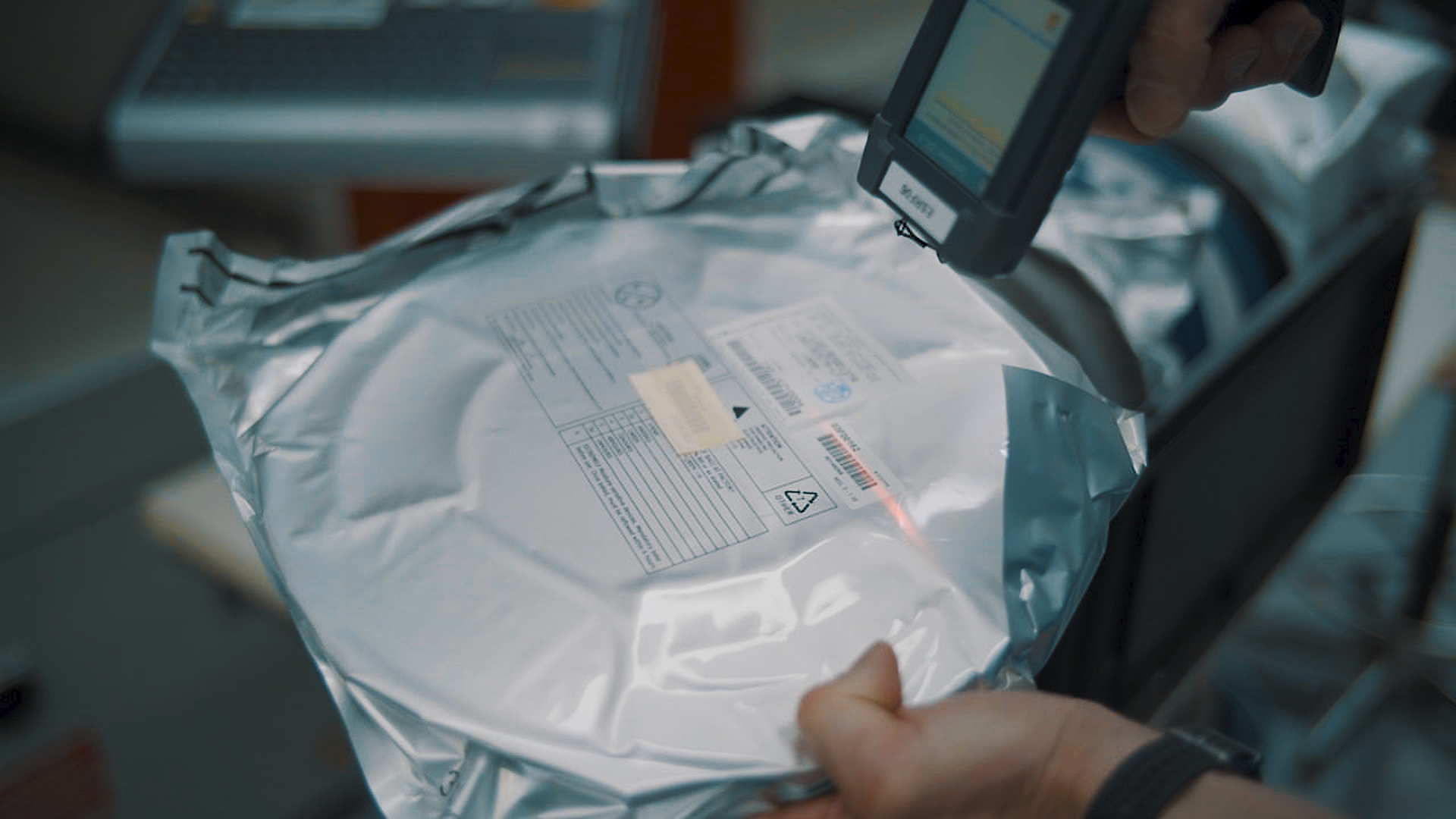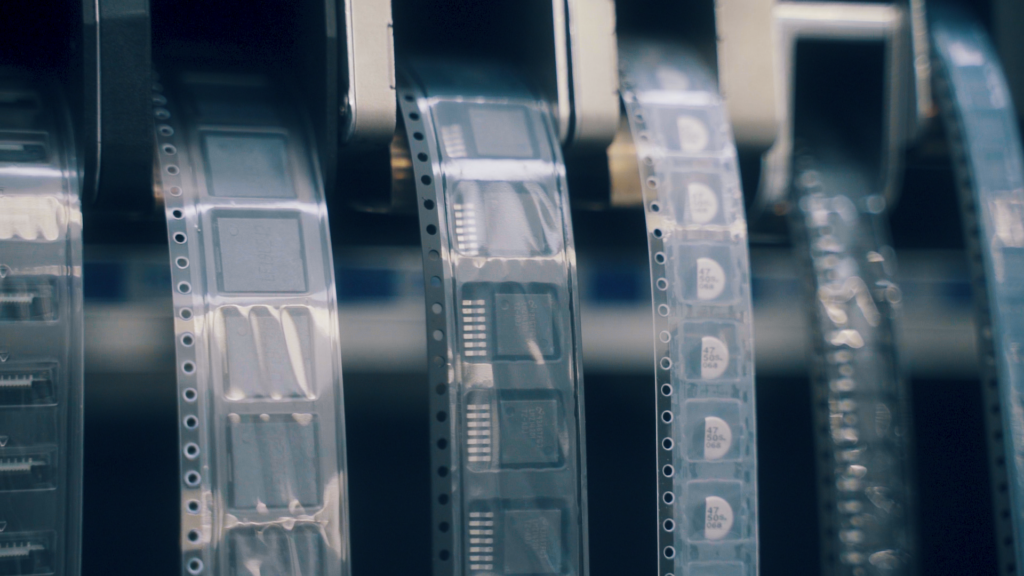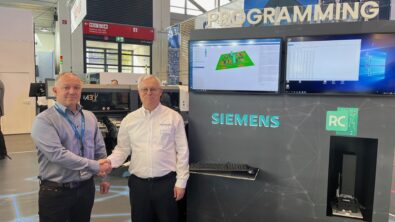Lean PCB Manufacturing Depends on Effective Material Management

All of us, no matter what industry we’re in or what jobs we hold, have found our work impacted by COVID-19.
Case in point: I’m a software guy, so my only exposure to supply chain issues used to be from hearing customers talk about their challenges. But, with the worldwide health crisis, I’ve been seeing up close the impact of supply chain disruption on production of our own hardware.
The new challenges imposed by this new reality are affecting everyone involved in PCB production (well, in any production really). There’s now more pressure than ever to improve productivity, without compromising quality, of course. We’ve all got to react faster and more creatively to changes.
‘Think’ rather than ‘work’
It’s time for a different mindset. I take inspiration from Taaichi Ohno, widely considered to be the father of lean manufacturing due to the Toyota Production System that he designed more than five decades ago. He said: “The Toyota style is not to create results by working hard. It is a system that says there is no limit to people’s creativity. People don’t go to Toyota to ‘work’ they go there to ‘think’.”
Ohno-San’s words brought to mind something that another famous business thinker, Peter Drucker, once said: “Efficiency is doing things right; effectiveness is doing the right things.”
And that got me thinking about the importance of effective material management.

Material = the lion’s share of production costs
According to a wide swath of financial reports from electronics manufacturing companies, materials typically account for around 90% of the production cost of a given product. When you consider that the number and complexity of products have escalated over the past decade, while demand for lower costs and faster time to market has increased, it becomes clear that getting the maximum out of your resources is paramount.
Materials can create production bottlenecks, so you never want to run short. But, at the same time, there are significant costs to keeping excess inventory. It’s vital to control the costs of the storage space for the materials and the logistics for managing them. This is a major challenge of lean manufacturing.
Such imperatives have led to materials management systems that are more like warehouse management systems. Specifically, they lack consolidated management of materials across the whole supply chain and operation. Similarly, ERP systems are not fully up to the task as they typically do not track materials once they have been moved to the production area. Add to all that the complications that COVID-19 has brought to global supply chains, and it is more difficult to plan than ever before.
Planning – and agility – are core pillars of Industry 4.0. Most of the data needed for material planning already exist in ERP systems, MES, towers, machines, manufacturing intelligence, smart shelves and other locations. With feeders, trolleys, family setups and moisture-sensitive materials all present on the production floor, all the information should be as visible as possible, to enable production managers to make smarter, better-informed decisions.


